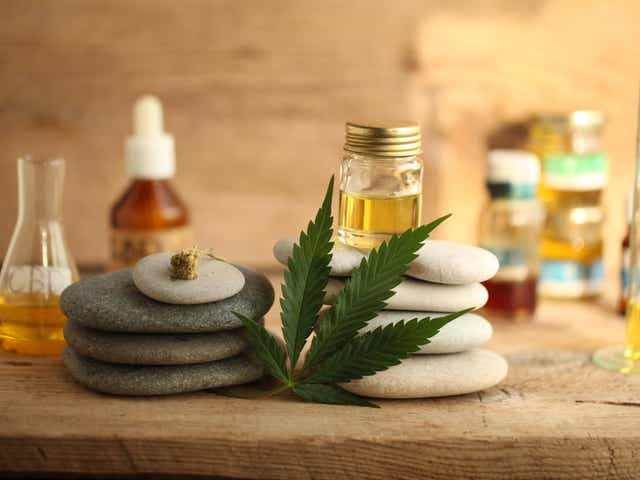Does the term Cannabidiol sound familiar, but you’re not sure what it is?
You’ve come to the right place!
You may know it by the term “CBD” – either way, cannabidiol is one of the most amazing substances encapsulated in hemp. You should know that humans have been using it since ancient times, and its spread has reached people from every latitude on this planet.
In this article, we are going to learn about this substance in detail and you will understand the reasons why man has always taken advantage of its fantastic properties to feel better.
But not only that… we will list all the possible ways of taking CBD, giving you guidelines for its beneficial and optimal use.
If you are someone who cares about your mental and physical well-being, take a few minutes of your time and get to the end of the reading: this article is for you…
What is cannabidiol?
Cannabidiol, often called by its acronym “CBD,” is a naturally occurring chemical compound found in cannabis. But it is not just any molecule; it is one of the main cannabinoids found in this plant, along with THC.
CBD is such an extraordinary cannabinoid that in recent years there has been an increasing renewal of interest in the scientific community for its therapeutic potential. Today it is recognized among the main elements of “Cannabis Therapeutics”-the medical science of treating a wide variety of diseases and health disorders, thanks in part to the properties of cannabidiol.

CBD and THC: the two main cannabinoids in Therapeutic Cannabis
Let’s take a small step back to remember that Cannabis sativa (also called hemp), is a plant belonging to the Cannabaceae family. More than 400 different chemicals have been identified within this plant, and more than 60 of them belong to the cannabinoid family.
The latter, cannabinoids, have the power to interact with certain receptors present in our body, and among them in particular CBD (cannabidiol) and THC (tetrahydrocannabinol).
That is why these two substances are the ones that cause the greatest effects on our central and peripheral nervous systems.
But CBD and THC, while both being cannabinoids, act differently on our body…
CBD and THC: what are the differences?
CBD and THC work synergistically, and their symbiosis is a valuable aid in the treatment of various diseases and health issues (which we will explore in more detail in a moment).
But these two molecules act differently on our bodies, and this is due to the receptors with which they bind.
THC binds with the CB1 receptors found mainly in the brain and central nervous system, leading to the “high” associated with cannabis use. On the other hand, CBD does not bind strongly with CB1 receptors, which is why it does not produce the psychoactive effects that THC does. Instead, it binds with CB2 receptors, which are mainly found in the immune system and peripheral nervous system, as well as other receptors in the body.
The differences in how these two cannabinoids interact with our body explain why CBD has been the focus of extensive research in recent years for its potential therapeutic benefits, while THC is still highly regulated in most countries due to its psychoactive effects according to Truism Fitness. CBD has been found to have a wide range of potential therapeutic effects, including reducing inflammation, pain, anxiety, and seizures, as well as improving sleep and mood.

